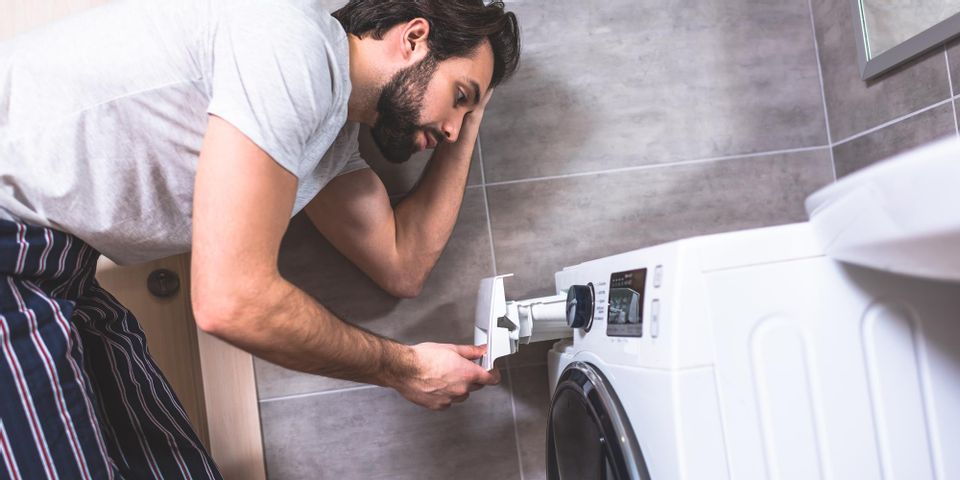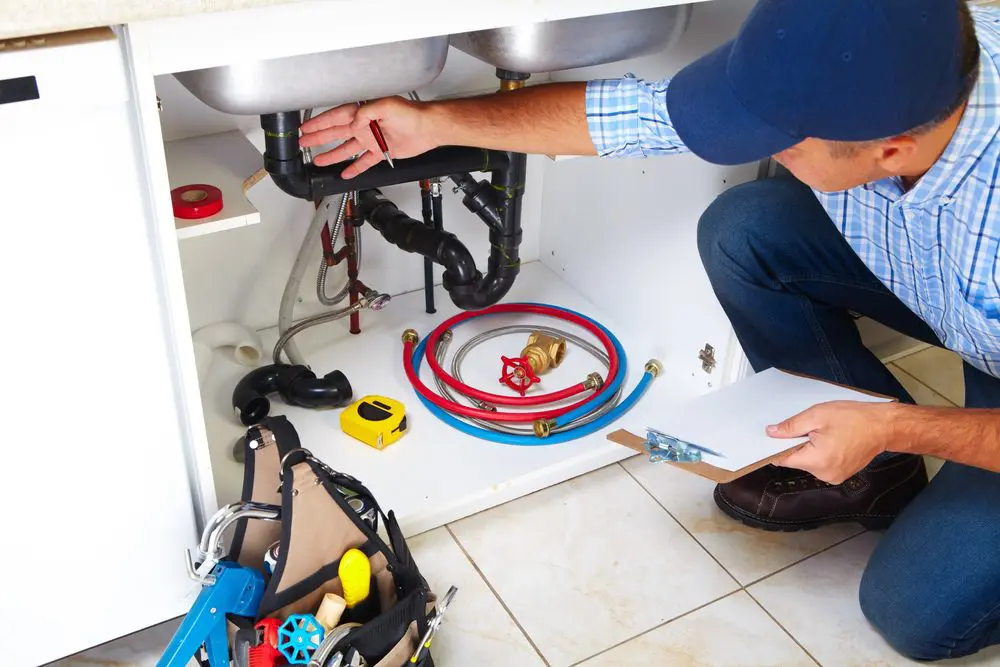Getting a Plumber: 5 Typical Appliance Dilemmas That Require Attention
Getting a Plumber: 5 Typical Appliance Dilemmas That Require Attention
Blog Article
The article author is making a few good pointers on the subject of Basic Plumbing Appliances Maintenance in general in this post following next.

Have you ever before had an issue with your dishwashing machine and also not know if to call the plumber or electrician? Well, we're here to clarify.
Numerous appliances have a little bit of electricity and plumbing. A water heater, dishwasher, or cleaning device are family devices that may need a plumber and/or electrical expert's interest.
You might need to determine what part of the home appliance is faulty before making that telephone call. If you experience any of these usual appliance problems, call your emergency plumber right away.
Leaky faucets
A leaking tap is your plumber's business. The problem may be as easy as a few failing tap components, or it may be because of a larger problem like expensive water stress, or infected water, particularly if your faucet includes a filter. Difficult water may additionally be spoiling your kitchen area appliances.
Commonly, your faucet's sturdiness depends upon the material it's made of, and also its high quality. A high-quality tap can last over a years.
Defective washing devices
It's a little bit much more complicated with a washing machine. Your washing machine is more probable to have a plumbing-related fault than an electrical one. Firstly, numerous washing machine faults can be tied to water pressure. If the water your equipment obtains is as well quick, it might destroy also the electric components. In this situation, replacing the part will certainly not stop the damage, just cost you even more money.
A plumber can also detect deterioration on the machine's plumbing components. For instance, we can detect a leaking or ruptured pipe and also even stretched plumbing work.
Faulty water heaters
The decision is simple if you have a gas water heater. However, if you use the more modern-day electrical hot water heater, you might be torn.
Professional plumbing technicians recognize the detailed functions of a water heater and also can find a water heater more precisely than anybody else. Your hot water heater may be struggling with a leakage, a blown fuse, or simple aging. Even if the issue happens to be wiring associated, your plumber will have the ability to repair it. A plumber will do an extra complete job for your hot water heater.
Indulged Ice makers
Yes, your fridge is an electrical appliance. Your plumber won't fix your refrigerator or freezer, but if it has an ice manufacturer affixed, you need to call your plumber to deal with that component.
Your ice maker has its water line, and this connection can obtain dripping or stopped up. When you transform your refrigerator, you must reconnect your ice maker, otherwise it might develop a mistake.
Your plumber can analyze your ice maker and also tell you if it is redeemable. If it's not, you can alter your icemaker without altering your refrigerator.
Running commodes as well as clogged drains
Of course, running bathrooms and also clogged drains are your plumber's specialized. Your plumber can repair any kind of sort of drain, even if it is on an electrical tool.
A dripping faucet is your plumber's company. The trouble might be as simple as a few failing tap parts, or it might be since of a bigger issue like also high water stress, or polluted water, especially if your faucet comes with a filter. Professional plumbing professionals recognize the detailed workings of a water heating unit and also can detect a water heater a lot more properly than anyone else. Even if the trouble takes place to be circuitry associated, your plumber will be able to fix it. A plumber will certainly do an extra extensive job for your water heater.
Simple Fixes for Common Appliance Problems
Disposer
All disposers have an overload feature that automatically shuts off the power when the motor becomes overloaded and gets too hot. Once the motor cools, simply push the reset button on the side of or under the unit.
On the other hand, if it hums but doesn’t spin, it may have something stuck in it. Switch the disposer off, then try working through it by turning the blades with a special disposer wrench (sold at home centers) or by turning a bottom bolt. Many disposers have an Allen wrench for that purpose, inset on the bottom of the machine.
Lights
When a light goes out or a switch doesn’t work, you should first check the main electrical panel for a tripped circuit breaker. But don’t stop there. Before you change out light bulbs and switches, see if a GFCI outlet (which may be upstream from the troubled light or outlet) has tripped. Sometimes all the bathrooms or the outside lights are powered through a single GFCI located in one bathroom or elsewhere, such as in a basement. Simply push the reset button on the GFCI and you could be back in business.
Refrigerator
If your refrigerator conks out on a hot day and you have a cat or a dog, immediately check the coils for pet hair. Service pros find this problem on half of their refrigerator calls. The coils are the black tube-and-wire grid that cools the fluid in the compressor. A buildup of hair will cause the compressor to overheat and trigger the overload switch. On many fridges, you get to the coils by opening the grille at the bottom of the refrigerator. Then push a coil cleaning brush (sold at home centers) into the coils, pull it back and vacuum it clean.
If the coils are located on the back, pull out your fridge (it’s often on rollers) and brush them off. Bonus: The clean coils will cool more efficiently and save you money on your utility bill!
Once the overload switch is tripped, you may have to wait a few hours for it to cool. It will reset itself and turn the refrigerator back on.
Electric range
If your electric stove burner won’t heat, turn the burner off and pull it out from its socket. Then plug it in again and wiggle it around. If it feels loose, remove the burner again and gently bend the burner prongs slightly outward for a tighter connection. Easy does it. You could end up pushing the whole socket out of its bracket.
https://www.familyhandyman.com/project/simple-fixes-for-common-appliance-problems/

I stumbled upon that article on Common Household Plumbing Mistakes when doing a lookup on the internet. Remember to take a moment to share this content if you liked it. Many thanks for your time. Visit us again soon.
Book An Appointment Report this page